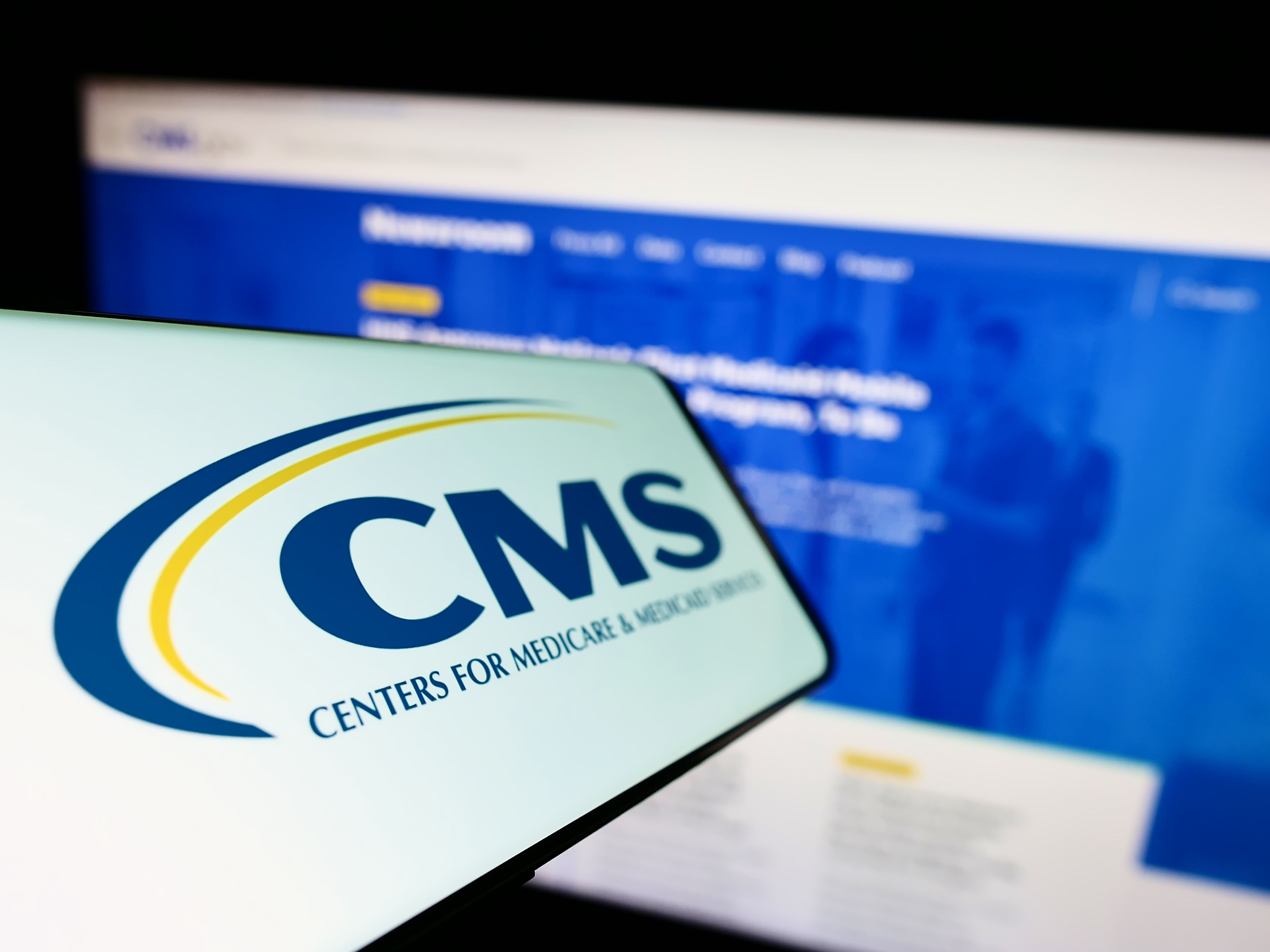Blog
Article
New drug pricing policy could raise costs for millions
Author(s):
For some seniors living with chronic diseases, one particular reform may actually lead to higher out-of-pocket costs
Kenneth E. Thorpe, PhD

Healthcare costs are one of Americans' top concerns as we head into election season, according to a Pew Research Center poll.
President Joe Biden has worked hard to address this issue -- and has delivered for America's most vulnerable. His historic Inflation Reduction Act caps insulin costs, limits out-of-pocket drug spending to $2,000 annually, and allows seniors to spread their pharmacy bills evenly throughout the year. Collectively, these reforms are a major step forward for healthcare affordability.
The IRA also directs Medicare to negotiate the price of certain medicines for the first time ever. Unfortunately, for some seniors living with chronic diseases, this particular reform may actually lead to higher out-of-pocket costs. According to a new study from Milliman, Medicare price negotiations could unintentionally raise pharmacy costs for millions of beneficiaries by reducing the amount of drug spending that can be counted toward the $2,000 out-of-pocket cap.
More than 90% of Medicare beneficiaries live with at least one chronic condition, and more than half have at least three such illnesses. Seniors suffering from diseases like Alzheimer's, cancer, heart disease, and Parkinson's often require multiple, long-term prescriptions.
So it's troubling that among Americans over 64, a full 25% struggle to afford their medicines, according to a poll by the Kaiser Family Foundation. A separate analysis by the Department of Health and Human Services put the number of Medicare patients struggling with pharmacy costs at more than three million in 2019.
Democratic lawmakers sought to address this issue by passing the IRA. And in many respects, they succeeded. But the law's price negotiation provision could end up counteracting many of its benefits, potentially raising out-of-pocket drug costs for some of Medicare's most vulnerable beneficiaries.
Consider the experience of a Medicare patient who takes a $1,000-per-month brand-name drug to manage her chronic illness. Let's assume the patient pays a flat $10 fee -- or copay -- each time she fills her prescription, rather than the more common "coinsurance" requirement of 25% of the medicine's list price. In this case, the patient's monthly copay of $10 is much lower than the $250 per month she'd otherwise have to pay if her health plan used coinsurance.
Crucially, even though the patient only pays $10 per month, Medicare will still "credit" $250 toward the annual $2,000 out-of-pocket spending limit every time she fills her prescription. That's a good thing: The faster she reaches the $2,000 limit, the less of her own money she'll have to spend. In this case, the patient could hit the out-of-pocket limit after paying less than $100 of her own money. After that, she'll be able to fill her prescriptions at zero cost.
Now imagine the same patient's brand-name medication, which technically costs $1,000 per month, is assigned a much lower "negotiated" price under the IRA. For the sake of argument, let's assume the new price is $200. In that event, the value of 25% coinsurance "credit" will fall to just $50, meaning the patient would have to keep paying her copay all year long, and wouldn't even come close to reaching the $2,000 out-of-pocket spending limit.
As the Milliman report shows, scenarios like these will be very common under the new IRA price-setting scheme. The authors estimate that roughly 3.5 million Medicare beneficiaries will see their out-of-pocket drug costs go up. Granted, another 1.2 million will see their drug prices go down. But that's no consolation for the former group.
Moreover, those who see their costs increase will be the ones with the lowest incomes to begin with, who disproportionately come from marginalized communities. In fact, the Milliman study found that Black and Asian Americans will see the highest average increases in their drug costs as a result of the pricing reforms.
No doubt, lawmakers intended to help rather than harm chronically ill seniors in passing the IRA. But in an area as complex as Medicare, policy details make an enormous difference. The new study suggests that the IRA's price setting provision may end up doing more harm than good. Policymakers must do all they can to ensure that doesn't happen.
Kenneth E. Thorpe, PhD, is chair of the Department of Health Policy and Management at the Rollins School of Public Health, Emory University. He is also chairman of the Partnership to Fight Chronic Disease.





